What makes you proficient at your particular skill set for personal defense? How did you get to your level of knowledge or skill? How do you plan to improve upon your personal defense plan (PDP)? At some point your search most likely included: 1) Obtaining useful knowledge of said weapon (firearm, knife, hands, feet, knees, elbows), 2) Discovering what works best for you or what combinations of items work best for you, 3) Getting the proper training, and 4) Practicing.We practice not only to develop a particular skill set, but also to increase coordination, speed, reflexes, and reaction time. This can be said for both armed and unarmed PDPs. Would having better hand/eye coordination help you in either PDP scenario? What about increased speed or better reflexes or timing? I believe it would.
Efficiency. This crowd loves efficiency, and so do I. Why not find a couple of self defense drills that would benefit both armed and unarmed defensive action plans? Here are two that I find very useful.
Bean Bag/Tennis Ball Toss Self Defense Drills
A Bean Bag/Tennis Ball toss sounds like a kids’ game, right? Well, it’s not. This drill will help increase your peripheral vision, hand/eye coordination, and reaction time.
Start with a bean bag (like one you would find in a popular backyard game). You can even make your own with dry beans and a sock if you don’t have any pre-made ones. Choose a point on the wall in front of you and stare directly at it. Place the bean bag in your left hand, toss it at about eye level over to your right hand, and catch it palm up, allowing it to land in your hand. Do it without looking at either your hand or the bag. Continue to stare at the point on the wall, using your peripheral vision to see the bag. Then toss it back to your left hand, using the same instructions stated above. Continue with this until you feel comfortable using your peripheral vision to catch the bag.
The next step is to toss the bean bag higher (slightly out of your line of vision) so that it “disappears” before you try to catch it with the opposite hand while continuing to look only at the point on the wall. Toss the bean bag to the right hand and then back to the left. Continue with this until you have a good handle on the technique. Once you’ve accomplished that on both the right and left sides, do the same drill but catch it with an overhand grab, snatching it out of the air. Make sure to practice the grab using both right and left hands.
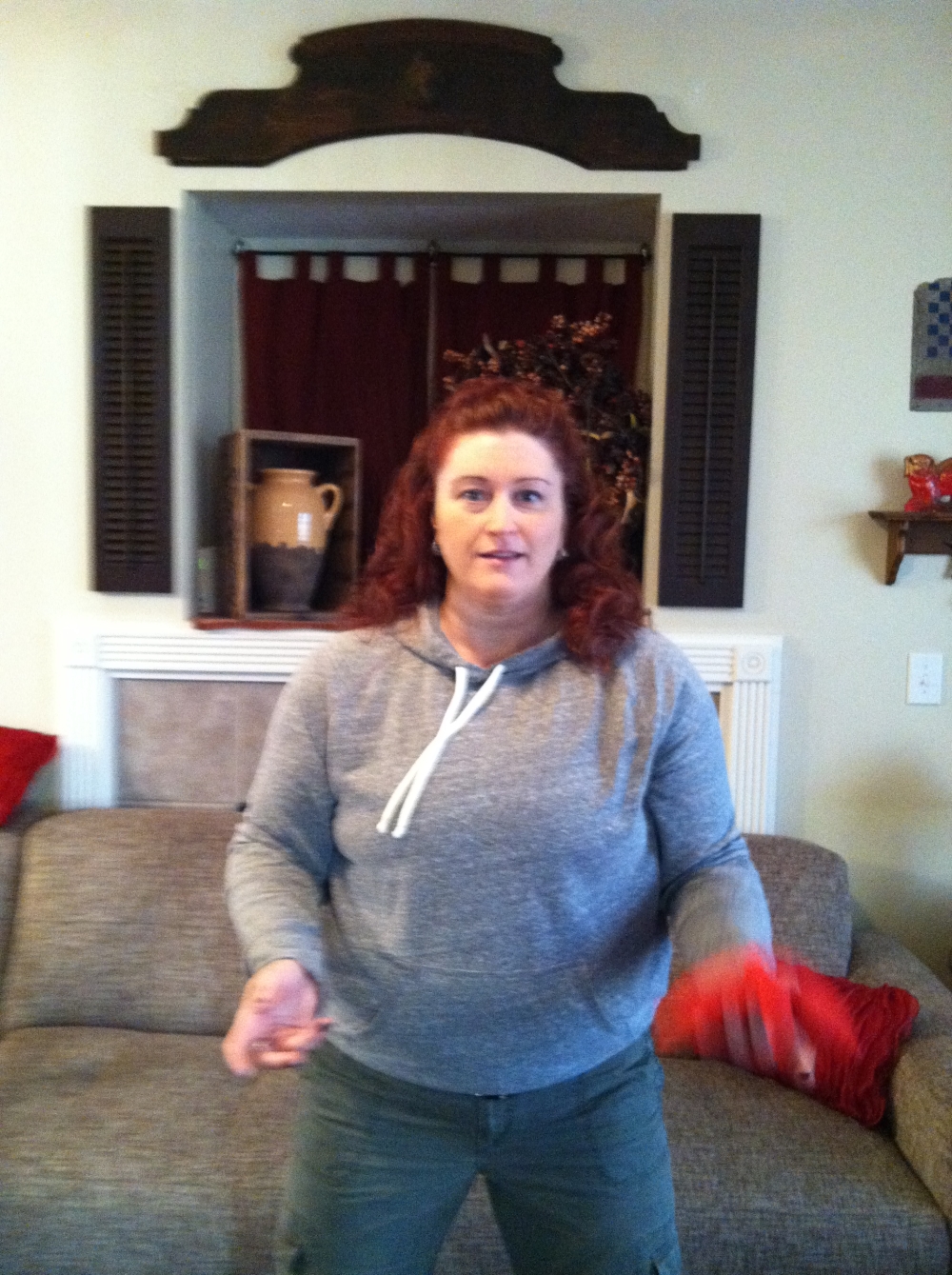
End the drill by catching the bean bag in the opposite hand without looking at either the bean bag or your hand.
Once you’ve mastered the bean bag, progress to the tennis ball. Use all the techniques described above. I think you’ll find the tennis ball is a little less forgiving, which helps you work on your timing and accuracy (as well as peripheral vision and coordination). Why is this drill important? As with anything, when facing an opponent(s), movement is a “tell” on how and where they will strike. If you can reduce your reaction time to a movement (that you’ve seen in your peripheral vision, for example), you have a much better chance of defeating your opponent(s) while decreasing your chances of being caught off-guard.
Footwork Drills
This footwork drill will help increase your speed, reflexes, and timing. All you need for this drill is a television. During the commercial breaks of a show, you’ll be moving either right or left off your opponent’s center-line.
Stand with your feet shoulder width apart. Either place your feet straight across from one another or take a step forward with your strong-side foot (if you are right-handed, that would be your right foot). Either way is fine for this particular drill.
To move left, push off with your right foot and step to the left with your left foot. Then slide your right foot to the left so you are in the same beginning stance with your feet shoulder width apart. To move right, push off with your left foot, step to the right with your right foot, and slide your left foot enough so that you are in the beginning stance again.
Now that you know the footwork, add the speed and timing elements. During the commercials, stand facing the television or monitor. Get in your stance (either one) as described above. When the commercial cuts to a different scene, move! Step right or left using the push-step method. Once you’re comfortable moving right and left, try moving forward and backward using the push-step method. Then mix it up, making sure to move for each scene change during the commercial.
Why is this drill important? Moving as a reaction to another movement is something most of us can already do. But can we do it quickly enough to avoid being a target? Being able to see, comprehend what you’re seeing, and react to what you’re seeing are important to any PDP. The more quickly you can do that, the more options you will have. You might just become quick enough to make your defense your offense. This drill will also improve your balance. Sometimes when a person moves too quickly, they can end up tripping over their own feet, falling to the ground, and probably assisting their attacker in meeting their objective. This is also why the drill teaches you to keep your feet shoulder width apart and to never cross your feet. A triangle is much more difficult to topple (wide base and smaller at the top). Even if you are standing in a bladed stance, your feet should maintain shoulder width.
An advantage of both these self defense drills is that you can practice them in public areas without anyone really knowing what you’re doing. That means you can train “on the fly” when you have a spare moment or if you’re in an environment that isn’t friendly to defensive training. And if you catch yourself smiling while doing either of these, all the better.
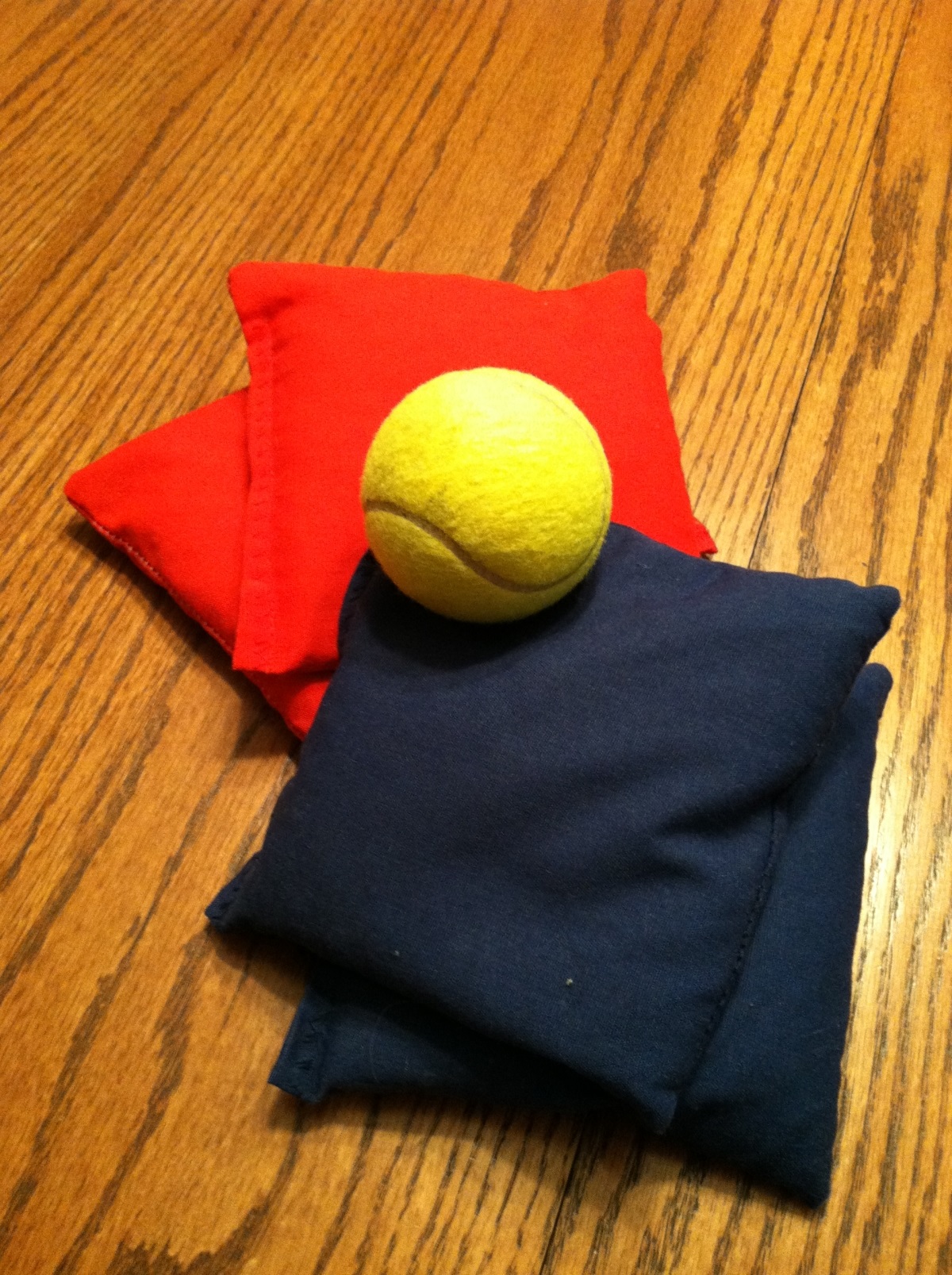

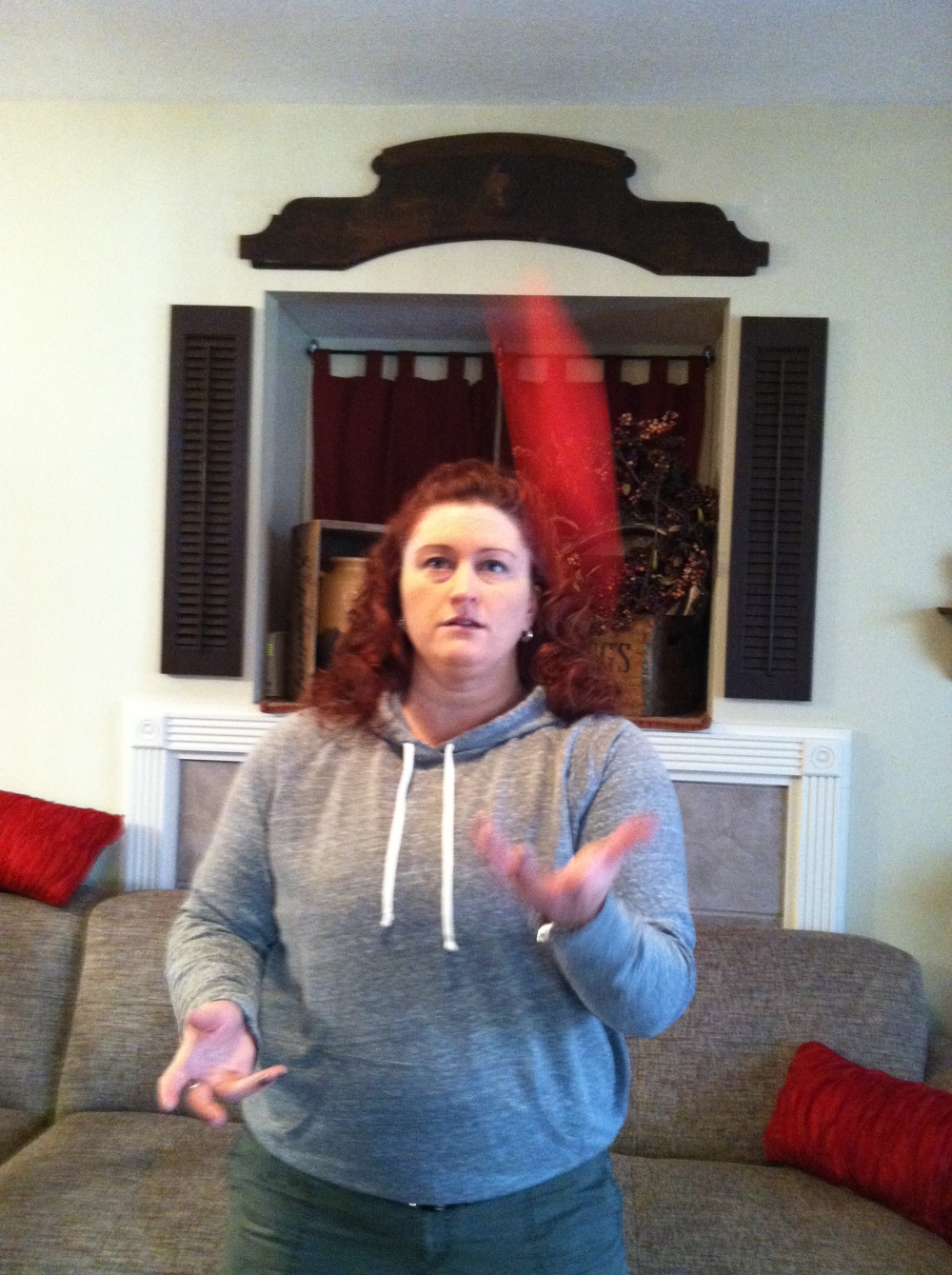
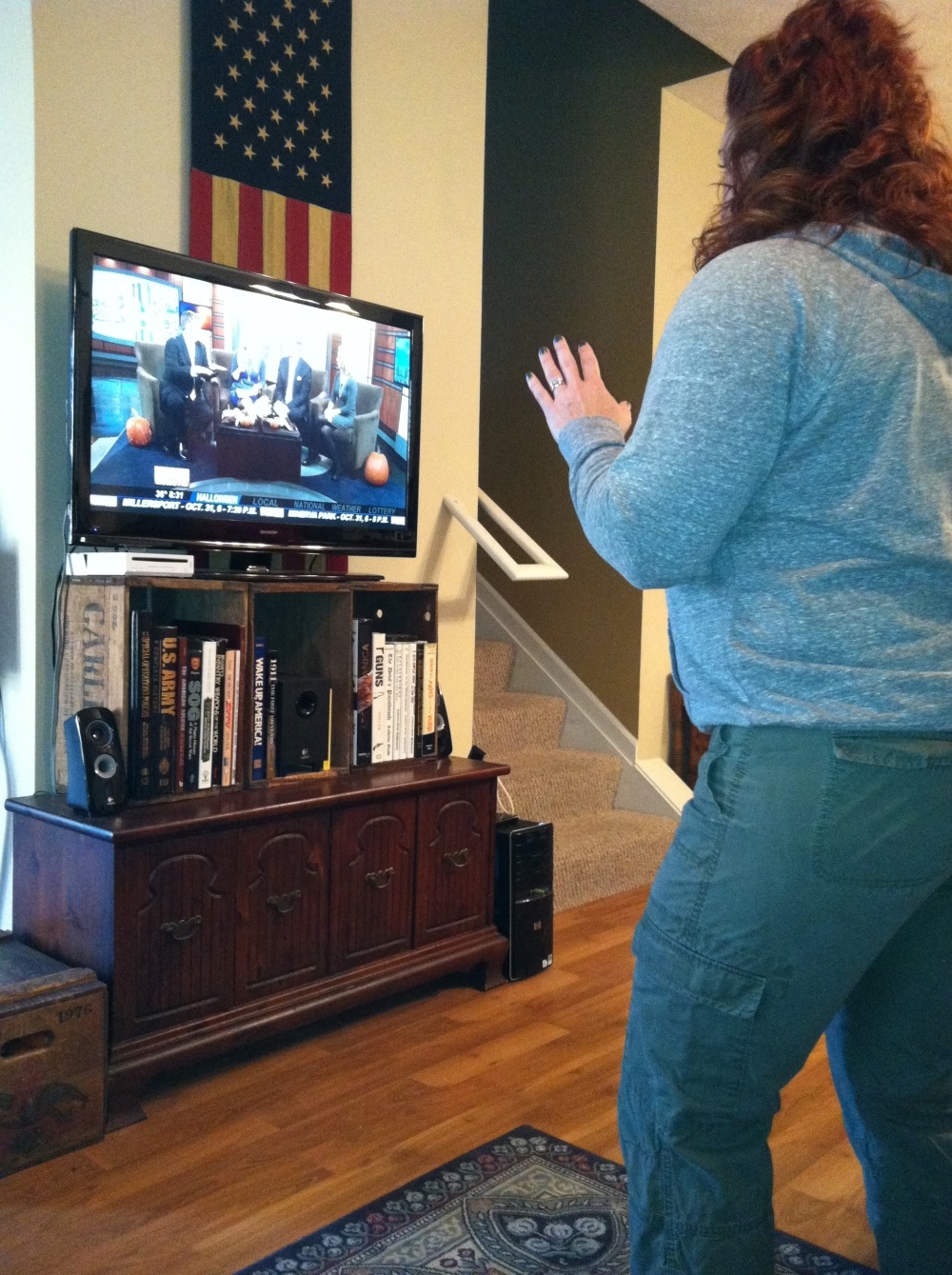
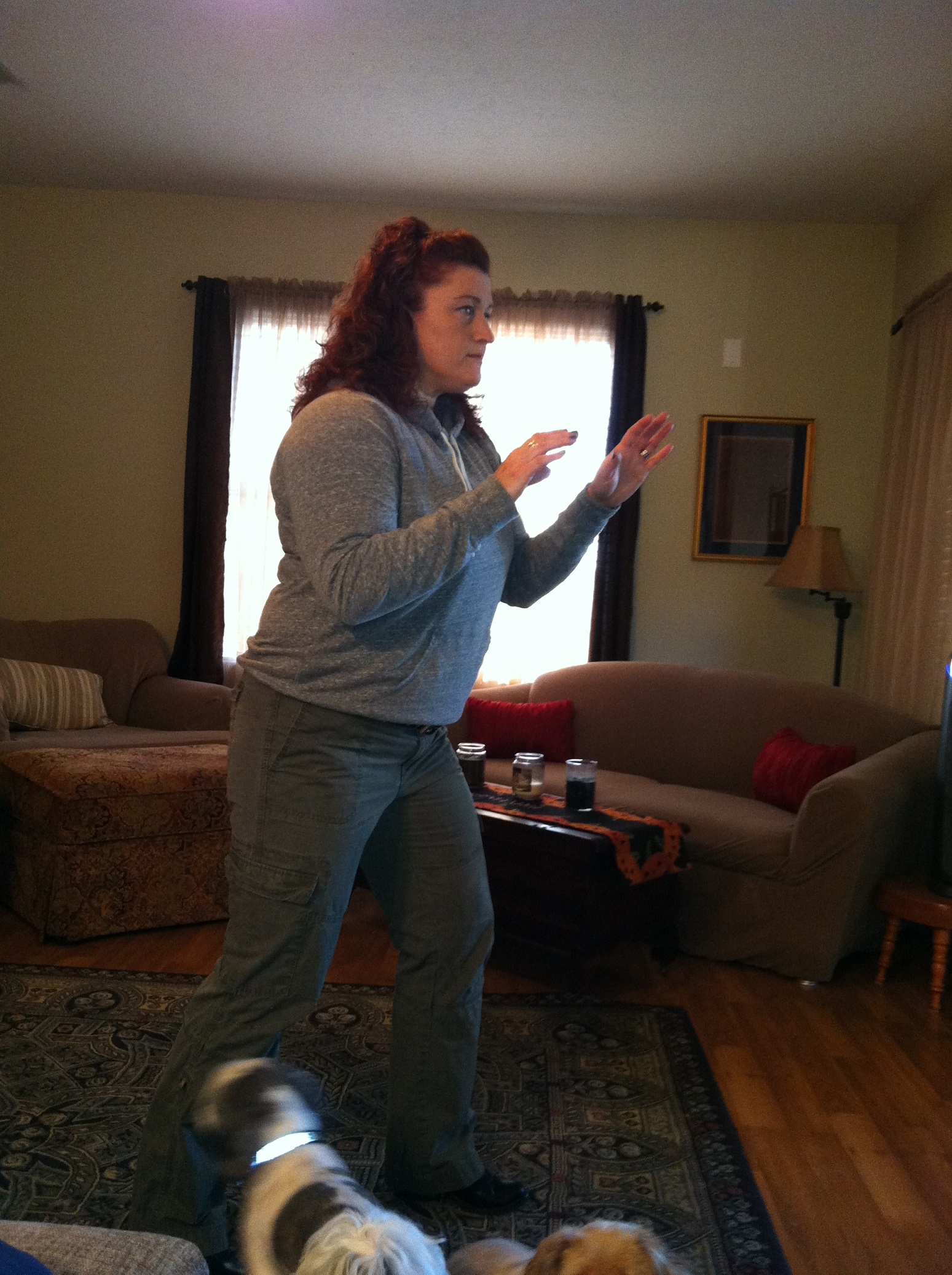
May I suggest people take up the game of pickleball, where foot work, hand eye coordination as well as honing reaction time are essential to play well. It is a fun sport where young and old can play and the skills learned may transfer over to self-defense.
very helpful for older people
Thanks for this well written article! [and I like ur photos in there ;) ]
Very useful! Thanks for your work Julie!
This was fun!
Very detailed. Help me a lot
Simple in-home drills eliminate excuses, especially for those of us who are older. Thanks! (And, we don't need to do them for hours on end.)
For those who would rather learn the skills without the drills and have fun instead, I suggest taking a few tennis lessons and playing some tennis. You will learn to step forward and backward, right and left very quickly while maintaining your balance. And it's fun!
I have taught women's self defense for over 30 years. I am a 3rd degree black belt in three different martial arts and will definitely be adding this technique to my classes. Thank you very much.
very informative, well written.